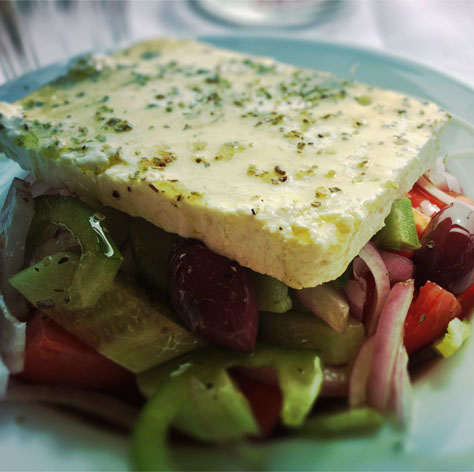Olive oil and History
THE OLIVE IN ANCIENT GREECE
The olive tree, a particularly important symbol, was the tree of the goddess Athena, which was in the sanctuary of Pandrosos and required special care. According to Herodotus, when the temple and the olive tree were destroyed after a fire set by the Persians in 480 BC. , the olive tree grew again as a sign of the power of the goddess and her city.
As the prize of the Panathenaians was not a sum of money but a product related to the region and Athena, collecting oil from the sacred olives was another duty of theirs. The oil was distributed to the winners in vases, the famous Panathenaic amphorae, which depicted the Goddess between two columns. On one side was first written the inscription “THE ATHLETES OF ATHENS” which stated the origin of the vase and the oil and on the other side it had scenes from the athlete’s competition. In the 4th century, 1400 amphorae were given at each festival. This preparation process took place in the intervening years of the great Panathenaic feasts, a period necessary, since 60-70 tons of oil were distributed during the celebration.
As the prize was too large, and could not be eaten, it was sold by the winners at a considerable profit.
OLIVE OIL IN ANTIQUITY
It is believed that the first production of olive oil has its roots in the Eastern Mediterranean, between Syria and Greece. The first texts certifying the existence of this precious liquid belong to Minoan scriptures and date from 2500 BC. This means that this civilization cultivated the olive tree and traded its oil.
In fact, the Greeks were the first to use olive oil for medicinal purposes thanks to Hippocrates (5th century BC), who is considered the father of medicine. He himself used it to treat certain wounds and also as an analgesic for some painful diseases.
In the first century AD Dioscorides, a pharmacist and botanist of antiquity, recommended early crop virgin olive oil for the treatment of muscle tension.
OLIVE OIL AND SCIENCE
All olive oils do not have the same high nutritional value for this reason and only extra virgin olive oil in recent years has been proclaimed as a food that does multifaceted good for our body. This is mainly due to its high content of monounsaturated fatty acids (oleic acid) as well as other lesser content components such as vitamin E and phenolic compounds.
The phenolic compounds in olive oil are mainly composed of oleuropein, tyrosol, hydroxytyrosol and flavonoids. These are the main substances that contribute to the bitter taste of olive oil and have antioxidant, anti-inflammatory and immunomodulatory effects.
The content of olive oil in phenolic compounds varies from 50 to 1000 mgr/Kg and is related to the variety, the degree of ripening of the fruits, their processing and the storage of the olive oil. Some extra virgin olive oils can exceed 2000 mgr/kg.




